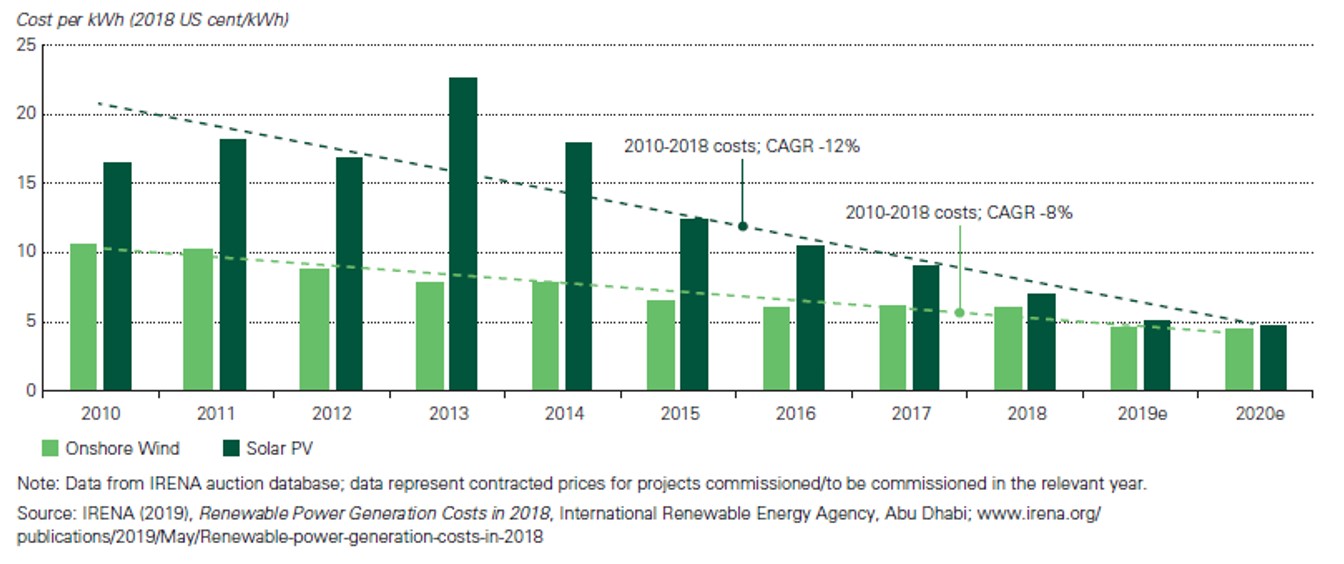Gold has a special place in the Australian psyche. The gold rush of the early 1850s helped propel the country’s economy, stimulate its industries and grow its population. Australia is the world’s second largest gold producer and gold remains its third major commodity export. And over the last few years the Australian gold sector has flourished, with record mine production and record gold prices.
But any sense of sectoral optimism is in danger of evaporating as the country struggles to cope with raging bushfires of unprecedented intensity and scale, and what The Sunday Herald recently described as an “absolutely seminal moment” in the country’s history.
The fires in Australia have been raging since last September and the scale of the consequent destruction is hard to comprehend; over 6 million hectares of land and thousands of homes have burned, dozens of people and over a billion animals have died, and several species of flora and fauna will likely be pushed to extinction. While bushfires are nothing new in Australia, the drier conditions shaped by climate change have undoubtedly created what academics recently described as “a new, more flammable world”.1
There is no more pressing challenge facing humanity than that of climate change. The concentration of carbon dioxide (CO2) in the atmosphere caused by human activity is now wreaking havoc with environmental systems and weather patterns, with often catastrophic consequences.
Last August, we witnessed Hurricane Dorian, the most powerful storm ever observed in the North Atlantic. And over the last three years, the US has suffered three floods previously classified as once-in-500-year events.
Concurrently, wildfires have raged across the Amazon, Alaska, Siberia and California, but that still did not prepare the world for what has transpired in Australia. Sadly, these fires also further exacerbate climate change – all that carbon literally goes up in smoke!
Acres burned in recent major wildfires
Source: Statista (Amazonian wildfires excluded due to lack of reliable data.)
The Australian debate regarding the relationship between climate change and the wildfires has become increasingly polarised. And what is often lost in the midst of all of the alarming and tragic facts, and the furore around possible causes and blame, is the pressing need to focus on solutions - how we might support and accelerate actions to reduce emissions and stabilise the climate.
All sectors now need to demonstrate they have embarked on the path towards carbon neutrality. It is therefore important to note that when we consider the gold industry and its current and future impacts on the global climate there is evidence that it can play a constructive role in the transition to a net zero carbon future.
The bulk of emissions associated with gold are rooted in its production, in mining and processing, and, specifically, from energy and fuel consumption. Our recent research suggests that gold mining can move fairly swiftly towards a net zero pathway in a practical and increasingly affordable manner.
There are already a range of options to allow gold miners to move away from fossil fuels and decarbonise both their electricity and transportation. In our 2018 research, we documented how gold mining companies were already moving in this direction and our more recent work has described further progress made by our Member companies and others, striving to increase energy efficiency and introduce low carbon energy sources. Our research indicates how, over the next few decades, renewable energy sources, such as wind, solar and hydro power, and complementary technologies will prove more cost effective for miners than the existing carbon-intensive options.
Global weighted average lifetime cost of electricity from solar PV and onshore wind, 2010-2020
Gold’s total annual emissions and overall carbon footprint may be relatively small, but it is not inconsequential. The industry currently has the opportunity to demonstrate sectoral leadership in taking concerted action to further reduce its emissions and impacts, in line with science-based targets, to help curb the current climate trajectory and its potentially destructive consequences.
Footnotes
1 Professors Ross Bradstock and David Bowman, The Guardian, 31 December 2019


